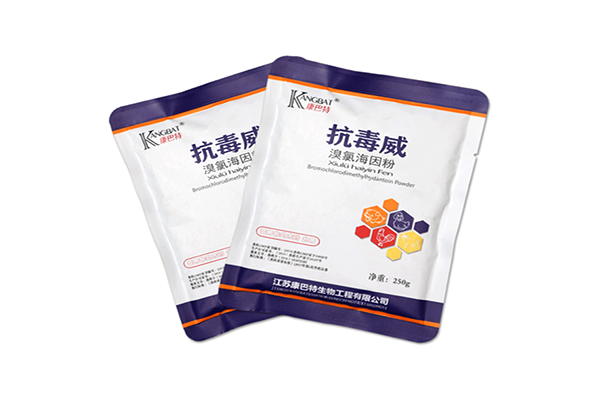Disinfection is a key strategy to prevent and eradicate infectious diseases of livestock and poultry. What are the correct methods for disinfection of farms? Next, the editor will give you an introduction.

(1) Choose a suitable disinfectant
An ideal disinfectant should have the following characteristics:
①It has strong disinfection ability
The selected disinfectant should have strong sterilization and virus killing capabilities, which can eliminate the invading disease source in a short time.
②Has sterilization ability
Disinfectants have the ability to manipulate and eliminate a variety of disease sources. On the one hand, they can manipulate the generation of a variety of diseases, and on the other hand, they can save human and material resources.
③It does not affect the objects to be disinfected, and is not easy to remain in livestock and commodities.
④High quality and low price, easy to use
Economic benefits are a problem that farms pay attention to, and disinfectants are also one of the fixed expenditures of each farm. Therefore, the selected farm disinfectants should be cheap and easy to obtain.
⑤ It is relatively stable in the disinfected natural environment and is not easy to lose its efficacy.
⑥ It should also be selected on a purposeful basis according to the seasonal characteristics of the disease, the type of livestock and the age, etc.
⑦Check the active ingredients when selecting, because some disinfectants have different trade names, but the active ingredients are the same.
⑧The commonly used disinfectants are sodium hydroxide, iodophor, potassium permanganate, formaldehyde, peroxyacetic acid, sodium hypochlorite, bleaching powder, lime milk, phenol, Adivo, Prostaglandin, Lysol, etc.